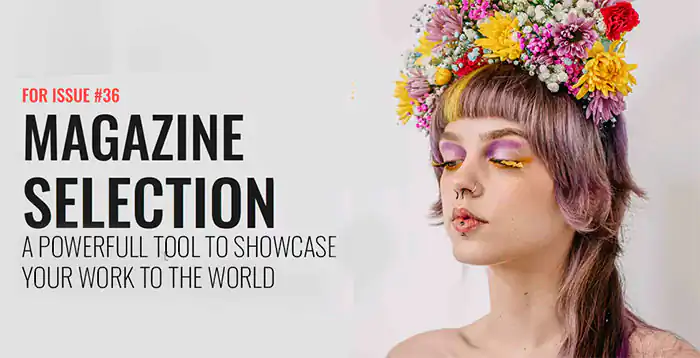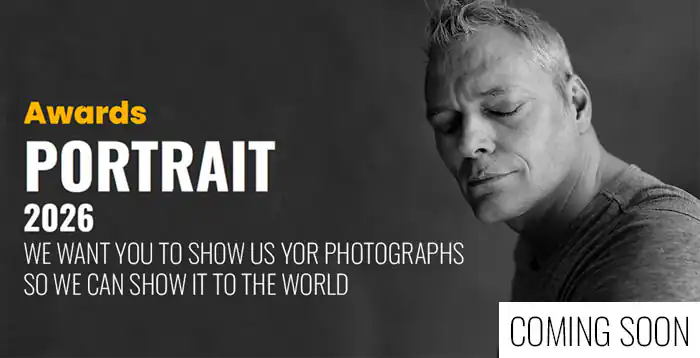It is well said, that the true source, the true human home can only by found within. Yet as humans we live in a world with outside phenomena and the outside influences the inner and vice versa.
Therefore once in a while I get a call to visit a sacred place for cleansing, renewal and salvation. So therefore the outer pilgrimage is to be understood as as a symbolic acting out of the inner journey. And since I’m a photographer I always long to share the experiences made with others since I also do believe that even pictures of such places can be uplifting, provided one is open to this of course.
In Mongolia you find the Shamanistic as well as the Tibetan Buddhist culture and holy places from both traditions. Since I’m interested in Tibetan Buddhism I visited some of the most striking monasteries in Mongolia. Erdene Zuu monastery in the center and Amarbayasgalant monastery in the north were two of the most beautiful monasteries I have ever seen. Yet, it has also a very sad tendency, since between 1937-1939 in the Great Purge under Soviet dictator Stalin thousands of monasteries were destructed and lamas and monks killed. Mongolia never regained its spiritual strength from there on.
Nevertheless the Mongolians restored many of their most impressive buddhist sacred sites and to visit them was a true inspiration, especially since some of them are placed in the most beautiful natural landscapes you can imagine far away from human busy and bustling places. In this itself they are like little hidden paradises.
The western and eastern concepts of so called “happiness” differ on a large scale. I think both have to be merged. But right now we see an utmost danger of the western idea of permanent progress and growth through arbitrary willpower. The liberal ideology of the Great Reset globalists strives to destroy all traditional, philosophical, spiritual, sacred and metaphysical essences of culture, with their linear thinking of constant improvement on a materialistic base. A true mania which might culminate in the transhumanist recreation of the human being, a real idiocy. This comes from the western mindset, that all illnesses, catastrophes and psychological shortcomings can be fixed by technical means and that ones individual existence is justified when ones desires and ideas have been satisfied due to the fact, that one has made the right choice and put in great effort. If these ideas and desires coexist with the “Tao” plays no role. The eastern mindset on the other hand longs for resting of ones consciousness in non-attainment instead if attainment and disciplines itself. It wants to regain the lost unity, freedom and immortality through inner insight and vision and wants to experience itself in harmony with the laws of nature. And ultimately it is much more humble, patient and grateful to life, though there are pitfalls as well. But right now for the western “anything goes and can be done” mentality this attitude is of utmost importance. Therefore I claim right now we should learn from the East, especially from Buddhist concepts, urgently!
About Victoria Knobloch
Victoria Knobloch is a German photographer who concentrates on black and white portraits, travel photography and meditative landscape art. She wants to welcome the viewer into the exploration of our complex existence with more awareness and therefore a spirit of importance, astonishment and appreciation. With her simple and direct photographic approach she is revealing the natural beauty of life and wants to show that all humans are part of the same essential “oneness”.
Her photography is located in the events of life and she captures the world as it is and portrays humanity as it is. Yet her pictures are deeply moving with a poetic touch and aesthetically pleasing. With each photograph she celebrates the uniqueness of every moment. And she simply likes to be outside in the world, observing how crazy, wonderful and truly amazing it is. Further she is always in search of tranquility, beauty and meditative landscape moods. With this she invites the viewer to pause, contemplate, observe and reflect, if only for a brief moment. This is also enhanced through the black and white style, since black and white photography is an ascetic form of photography that automatically reduces the stimulation of the senses. The usage of composition, lighting, use of contrast, and various other aspects are playing an important role. Further she wants to leave her motives as “natural” as possible and uses the computerized finishing methods only in a very subtle and refined manner.
Despite the difficulties we face in the modern world her goal is always to refer to what is good, so her images are motivating and are showing the strength and enormous positive potential of mankind and the universal human dignity in all of us. Through contemplation on her work one can feel the own creative power within oneself. She is also interested in portraying artists, actors, writers, directors, musicians and all other people who do express themselves by their profession. Victoria Knobloch works as a freelance photographer and invests a lot of time in personal projects. She gives workshops and photography lectures. Next to photography she works as a classical singer and filmmaker. [Oficial Website]




















